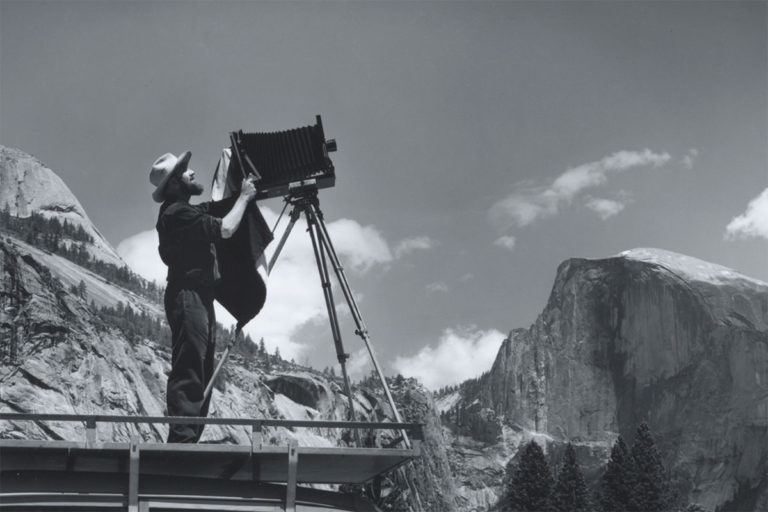Ansel Adams: The Master of Landscape Photography
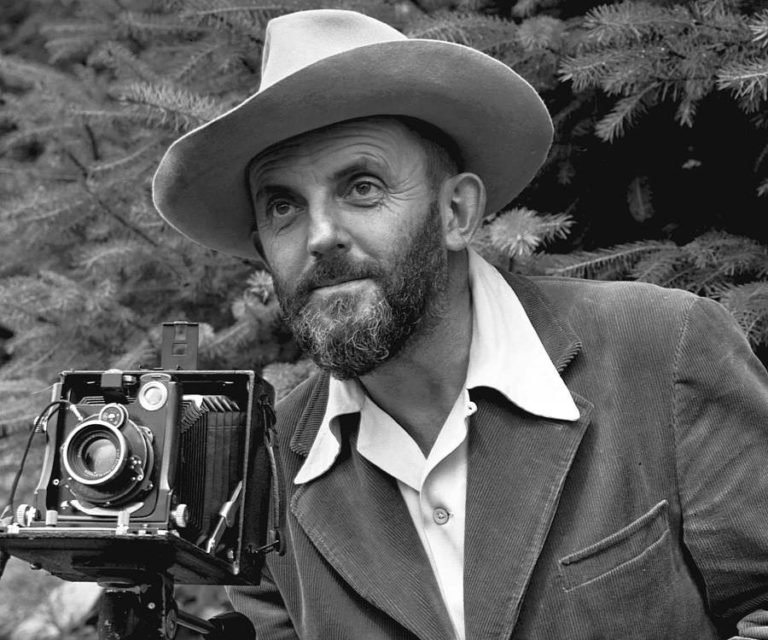
Introduction to Ansel Adams
When it comes to landscape photography, the name Ansel Adams is unavoidable. Born in San Francisco in 1902, Adams became the iconic photographer of America’s wild nature. His black-and-white images, known for their remarkable sharpness and tonal depth, helped shape the collective imagination of the wilderness.

From Music to Photography
Few people know that Ansel Adams did not initially plan to become a photographer: his ambition was to be a concert pianist. He studied piano with great dedication and, throughout his life, credited music as a key influence on his photographic vision.
For Adams, a photograph was never just a visual recording, but an interpretation—just like performing a musical piece. “The score is the landscape, the performance is the light,” he often said.
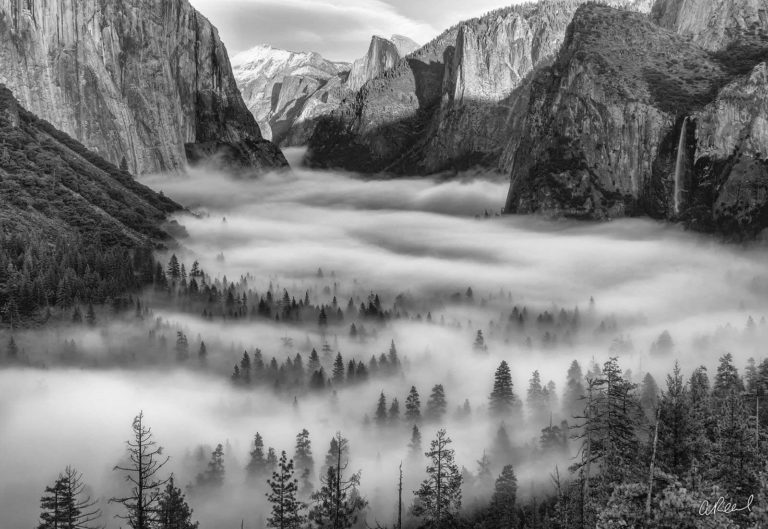
Two Extraordinary Facts About Ansel Adams
1. An Earthquake That Left Its Mark
In 1906, at the age of four, Adams survived the devastating San Francisco earthquake. During the tremor, he fell and broke his nose, leaving him with a slightly asymmetrical profile for the rest of his life. This traumatic event deepened his connection with the unpredictable forces of nature.
2. The Invention of the Zone System
In the 1940s, together with Fred Archer, Adams developed the “Zone System”, a method of exposure and development designed to accurately translate the tonal range of a scene into the final print. This scientific yet artistic approach became a benchmark for generations of landscape photographers.

Photography and Environmental Commitment
Adams’ photographs—such as the legendary Moonrise, Hernandez, New Mexico—are far more than perfect aesthetic compositions. They are expressions of a deep commitment to environmental preservation. For decades, he worked closely with the Sierra Club, helping to raise public awareness about the protection of national parks.
Ansel Adams’ Legacy in Landscape Photography
Today, Ansel Adams’ work continues to inspire photographers worldwide. His ability to combine technical mastery, artistic sensitivity, and a profound love for nature turned his images into timeless works, where light becomes melody and nature becomes poetry.
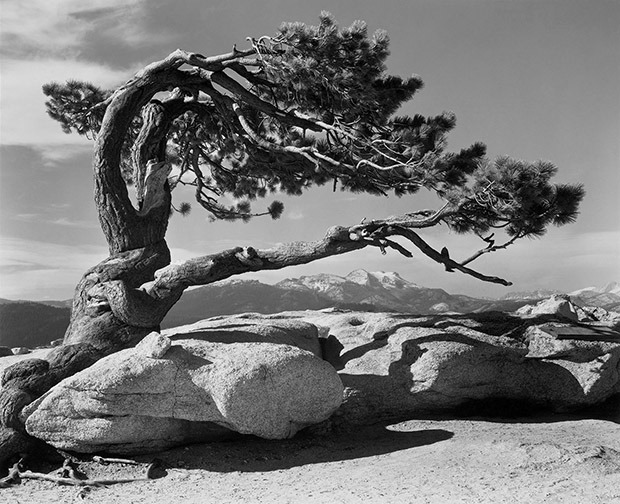
Michael Kenna: The Silence of Black and White
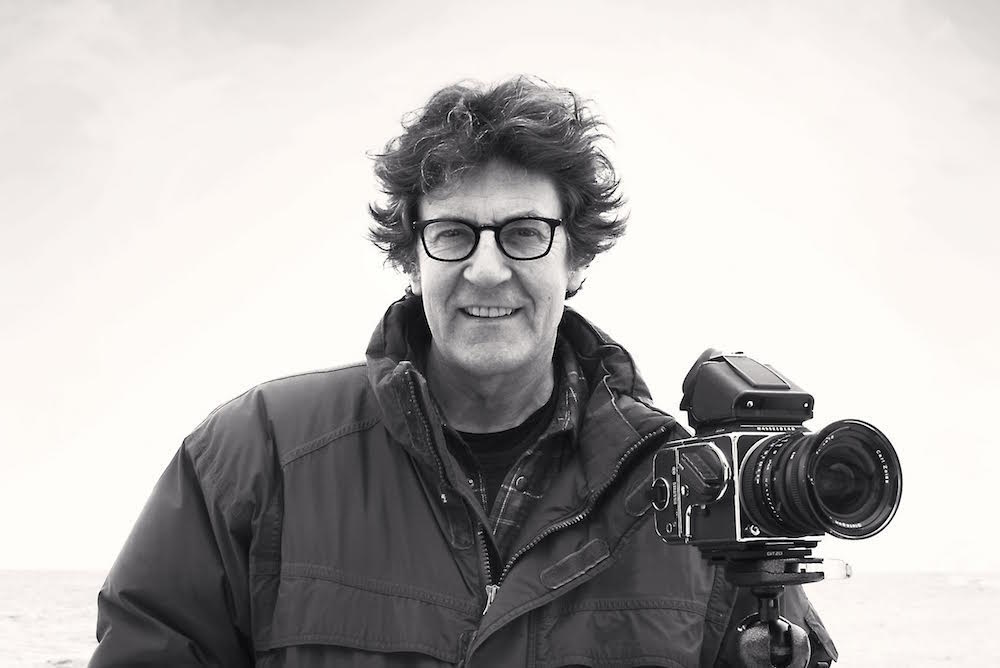
Introduction to Michael Kenna
Born in Widnes, England, in 1953, Michael Kenna is widely regarded as one of the masters of contemporary landscape photography. Coming from a modest working-class family with five siblings, he grew up in a Catholic environment and initially considered becoming a priest. Although he never followed that path, this early spiritual education shaped his vision and left a contemplative imprint that still defines his photographs today.
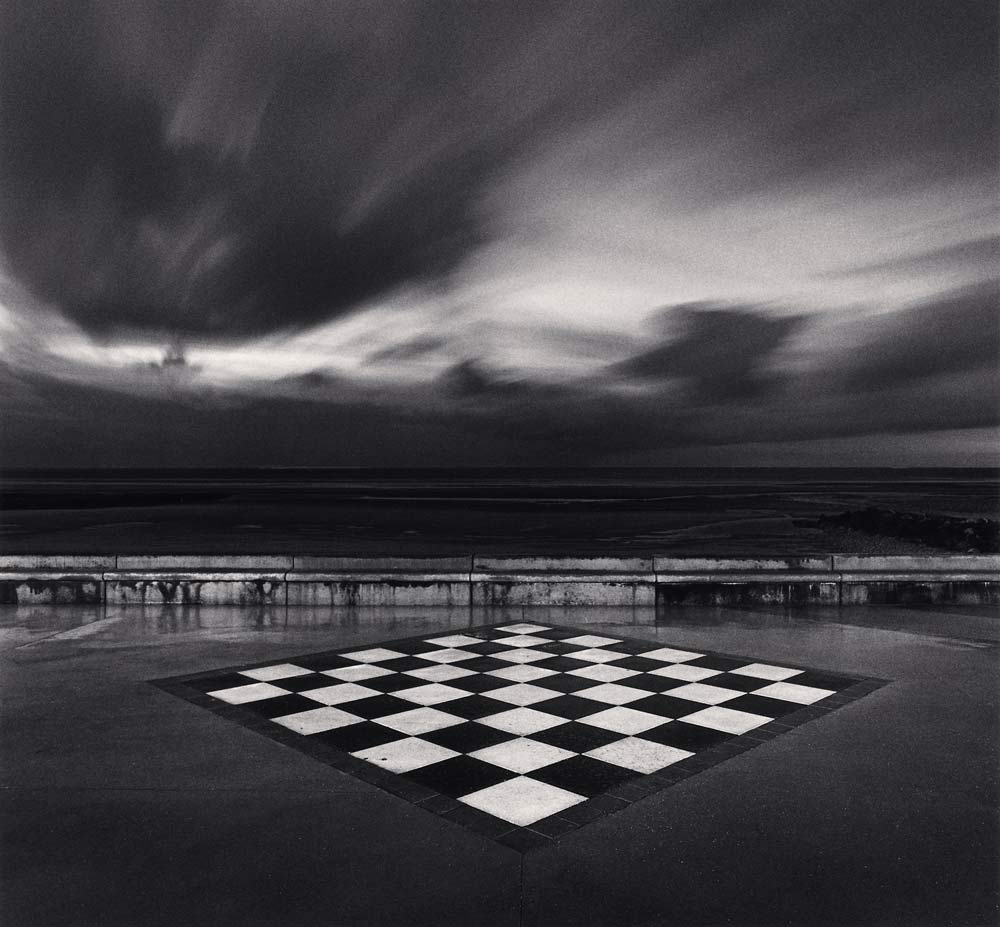
Two Fascinating Facts About Michael Kenna
1. Assistant to Ruth Bernhard
In the 1970s, after moving to the United States, Kenna worked as an assistant to Ruth Bernhard, a photographer renowned for her black-and-white nudes. This apprenticeship proved decisive: it not only refined his printing skills but also deepened his understanding of photography as a meditative and intimate act.
2. His Unique Relationship with the Night
Kenna is famous for his long nighttime exposures, sometimes lasting up to ten hours. This extraordinary patience, almost monastic in nature, allows him to capture landscapes stripped of human presence, where moonlight, shadows, and the very passage of time become central subjects of the image.

Black and White as a Language
For Kenna, the choice of black and white photography is not simply a tribute to tradition but a conscious artistic language. By removing color, he directs the viewer’s attention to geometry, atmosphere, contrast, and silence. His compositions are minimal and refined, often built from just a few visual elements, yet capable of evoking infinity and timelessness.
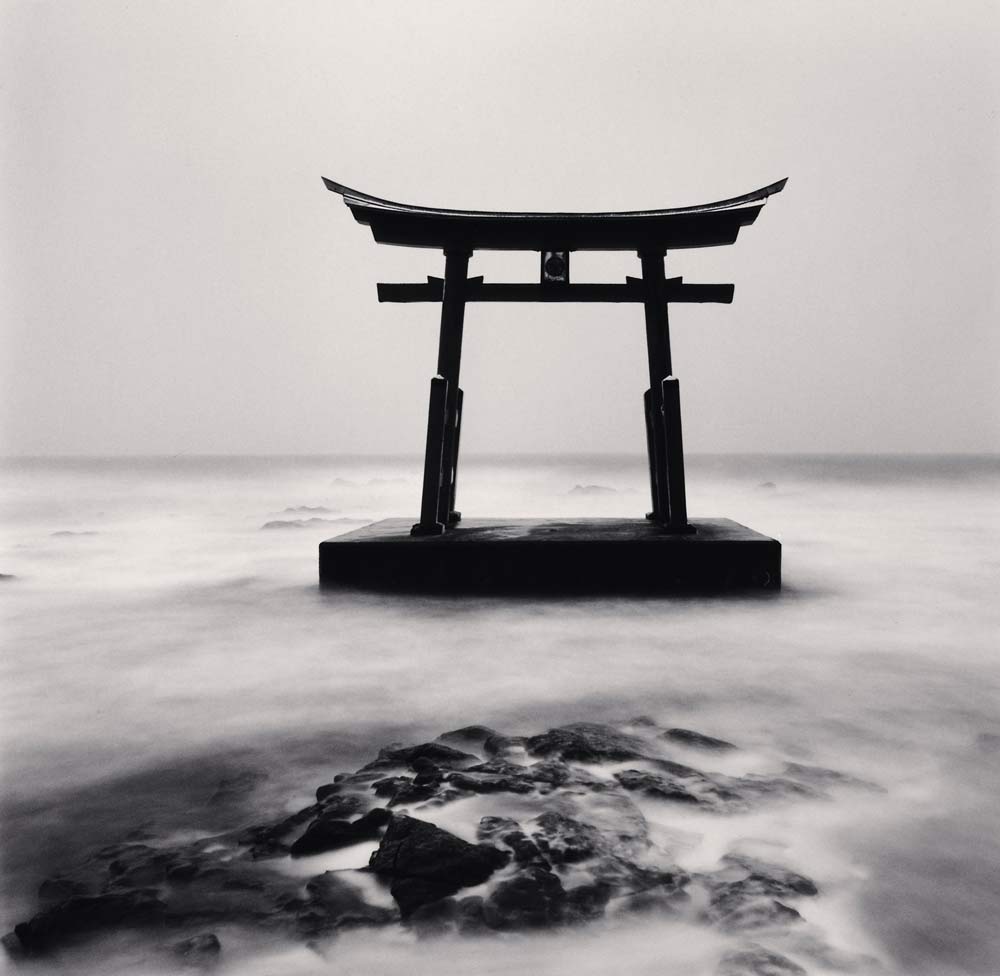
Michael Kenna’s Style and Vision
Kenna’s work transforms real places—whether English countrysides, abandoned industrial sites, Japanese gardens, or snowy landscapes—into dreamlike and introspective worlds. His photographs do not describe reality in a literal way; instead, they suggest moods, emotions, and reflections. They invite the viewer to pause, breathe, and contemplate.
An Aesthetic of Silence
Even today, Michael Kenna continues to travel and create around the globe, yet his artistic voice remains consistent: an aesthetic of silence, shaped by patience, restraint, and poetic sensitivity. In an era dominated by fast and overwhelming imagery, his black-and-white landscapes remind us that photography can still be an exercise in listening, meditation, and timeless beauty.

THANKS FOR READING! PHOTO GLOBAL EDITORS

